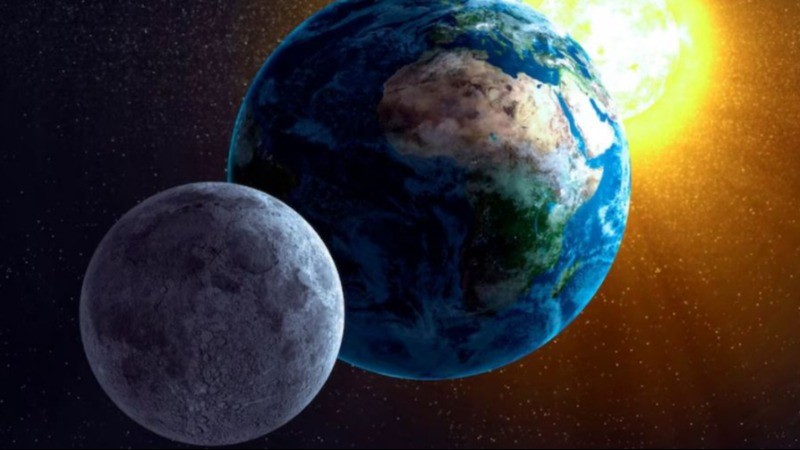
From late September to late November 2024, Earth will have a “mini-moon” named 2024 PT5 orbiting it. This mini-moon, measuring just 10 meters (33 feet) across, cannot be seen with the naked eye but can be observed using a powerful telescope.
What is a Mini-Moon?
Mini-moons are small asteroids captured by Earth’s gravity. They typically remain in orbit for a limited time until they eventually drift away. The duration of their stay depends on their speed and trajectory as they approach Earth. Most mini-moons are hard to spot because of their size and lack of brightness against the dark sky.
Mini-moons are quite rare, appearing roughly once every 10 to 20 years. When they do enter Earth’s orbit, they can hover in the exosphere, which is about 10,000 km (6,200 miles) above the Earth’s surface. On average, they orbit for several months to two years before escaping back into space.
These small celestial bodies can be composed of various materials, including metals, carbon, clay, and silicate. A study published in 2018 noted that many mini-moons come from the asteroid belt located between Mars and Jupiter.
Unlike our permanent moon, mini-moons do not have stable orbits. They follow a “horseshoe” path due to the gravitational pull of Earth, which causes them to oscillate and gradually move farther away until they break free from Earth’s gravity.
Since 2006, several mini-moons have been identified, including 2006 RH120, the first confirmed mini-moon, which measured between 2 to 4 meters in diameter. It was captured in Earth’s orbit for about a year and was photographed using the Southern African Large Telescope.
Another mini-moon, 2022 NX1, was first detected in 1981 and returned to orbit in 2022, with plans to revisit Earth in 2051.
Details on the Upcoming Mini-Moon 2024 PT5
The approaching mini-moon, 2024 PT5, was first identified on August 7 using the Asteroid Terrestrial-impact Last Alert System (ATLAS) at the Haleakala Observatory in Hawaii. This system continuously scans for near-Earth objects that may pose risks or offer opportunities for scientific study.
Astronomers have confirmed that 2024 PT5 is indeed an asteroid. It is expected to orbit Earth from September 29 to November 25 before moving away into space.
Different Types of Moons
In addition to our natural moon, there are other types of celestial bodies often referred to as “moons.”
Studying Asteroids
Yes, scientists can study these asteroids. China’s Tianwen-2 mission, set to launch in 2025, aims to collect samples from the quasi-moon asteroid 469219 Kamoʻoalewa. Discovered in 2016, this asteroid measures approximately 40 to 100 meters.
Japan’s Hayabusa missions have successfully collected asteroid samples. The Hayabusa mission collected samples from asteroid 25143 Itokawa in 2005, while Hayabusa 2 returned samples from asteroid 162173 Ryugu in 2020. NASA's OSIRIS-REx mission, which launched in 2016, gathered samples from the near-Earth asteroid 101955 Bennu and returned them to Earth in 2023.
NASA also plans to launch OSIRIS-APEX, a follow-up mission to study the asteroid Apophis during its close approach to Earth in 2029.